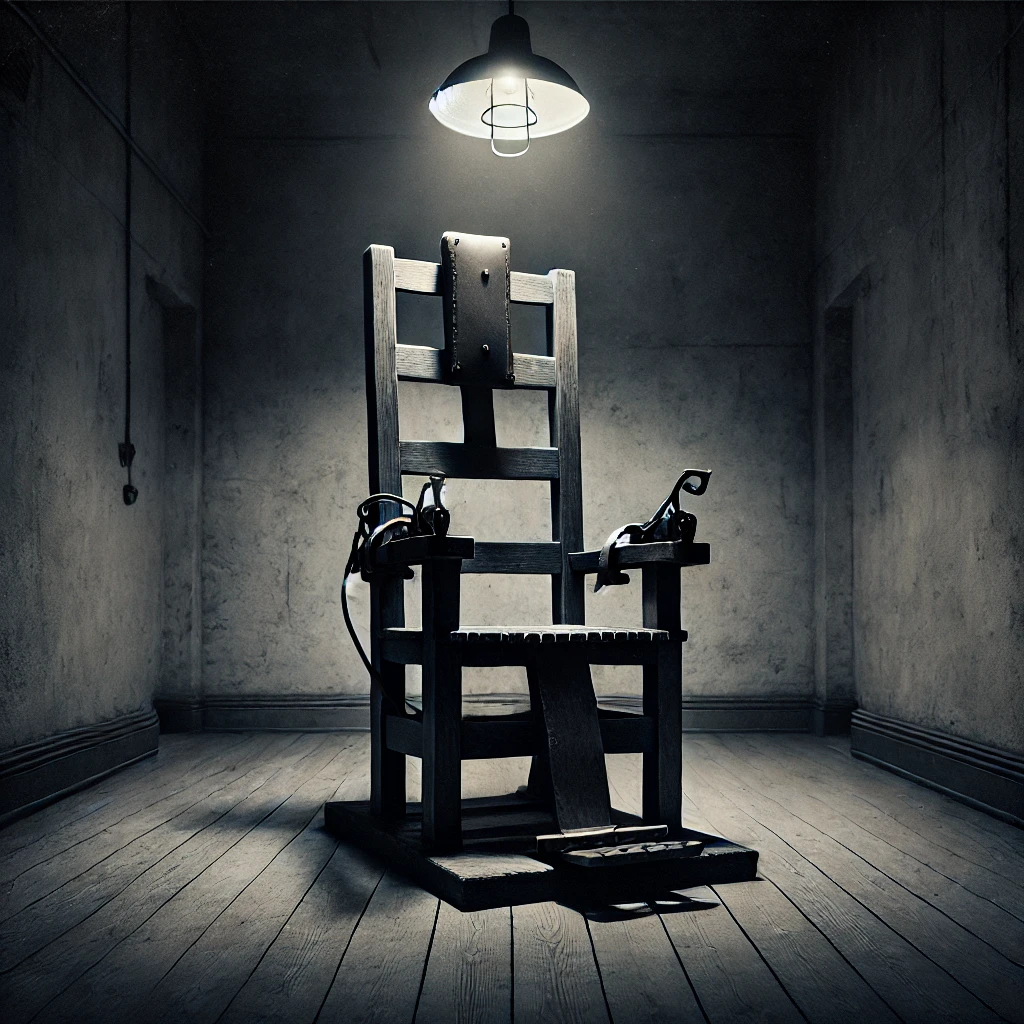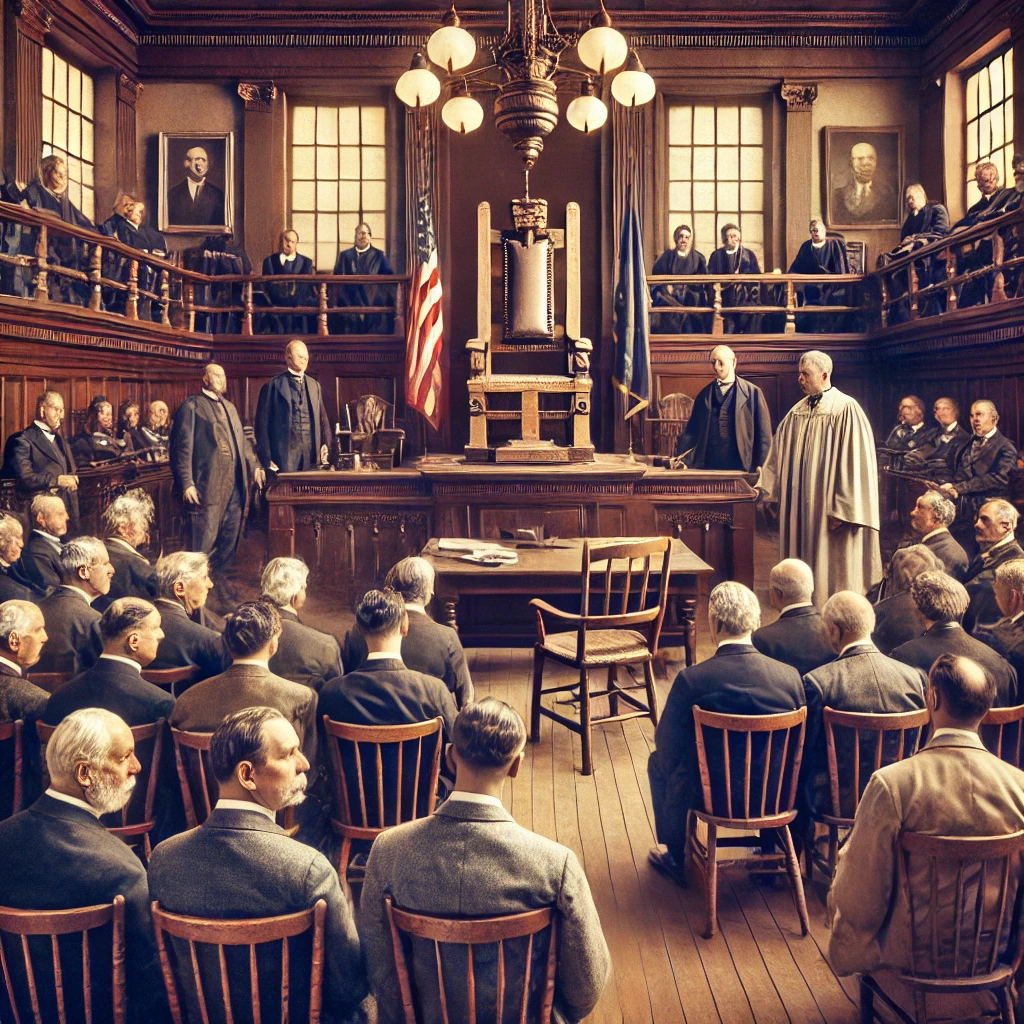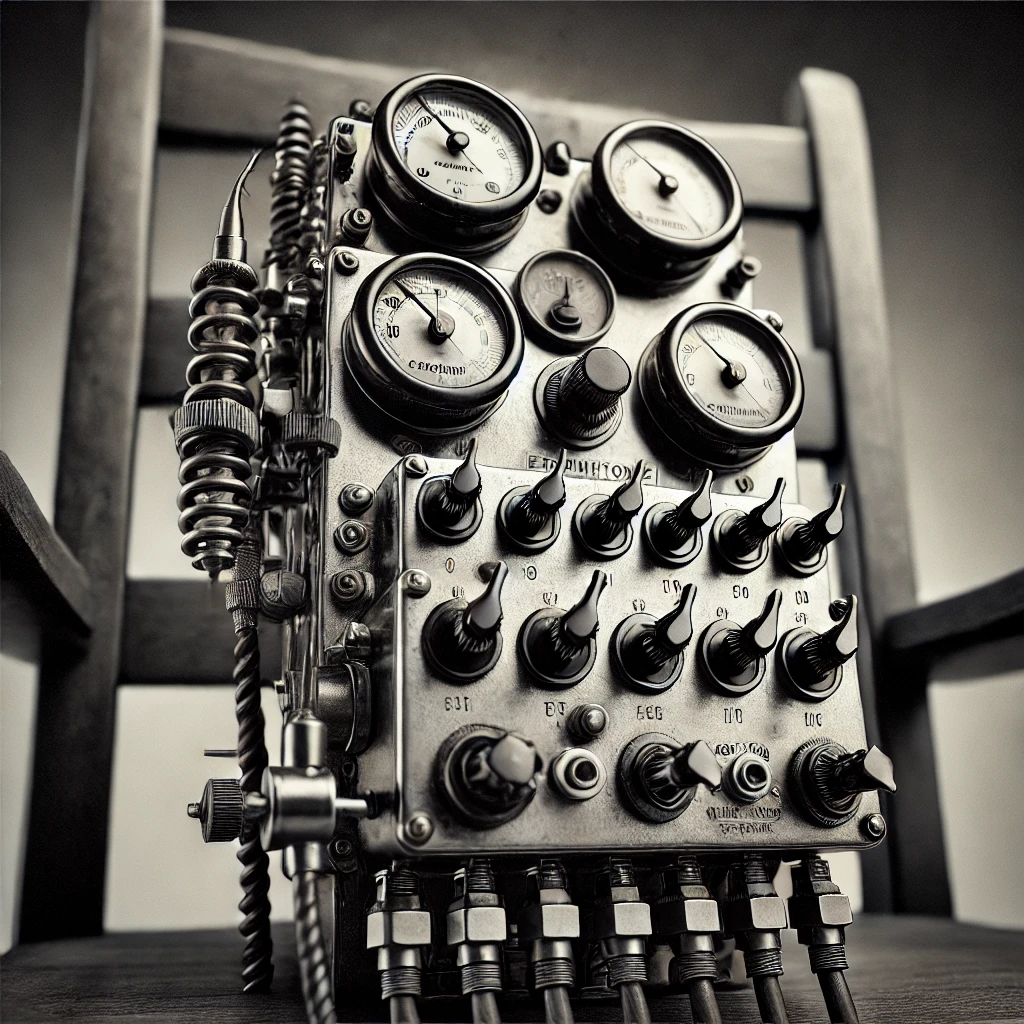On August 6, 1890, the first execution by electric chair was carried out at Auburn Prison in New York. The use of the electric chair represented a significant shift in the method of capital punishment, marking a departure from traditional methods such as hanging and the guillotine. The condemned man, William Kemmler, was executed after being convicted of murder, and his execution marked the beginning of a new era in the history of the American penal system.
The electric chair was invented as a more “humane” alternative to other forms of execution. The development of this method was spearheaded by a team of inventors and engineers, including Harold P. Brown and Thomas Edison, who aimed to find a more effective and less painful way to administer the death penalty. The introduction of the electric chair was a response to growing concerns about the brutality of existing execution methods and a desire to find a more efficient means of carrying out capital punishment.

Monumental Developments in Execution Methods
The first execution by electric chair on August 6, 1890, was a significant milestone in the history of capital punishment. The electric chair was designed to deliver a lethal dose of electric current to the condemned individual, with the intention of causing death swiftly and with minimal physical suffering. However, the initial execution did not go as smoothly as intended, with Kemmler’s execution requiring multiple attempts and causing considerable distress.
Despite the problematic nature of the first execution, the electric chair quickly became the standard method of execution in many American states. It was seen as a progressive alternative to other methods, reflecting advancements in technology and a changing perspective on justice and punishment. Over the years, the electric chair became a symbol of the complex debates surrounding capital punishment, representing both technological progress and ethical concerns.

Current Connection and Ethical Considerations
Today, the electric chair is considered an outdated and controversial method of execution. Many states have moved away from using the electric chair in favor of lethal injection, which is currently the most common method of execution in the United States. The transition from the electric chair reflects ongoing debates about the morality and effectiveness of various execution methods and the broader issues surrounding the death penalty.
The legacy of the electric chair continues to influence discussions about capital punishment and criminal justice reform. The method’s history serves as a reminder of the ethical dilemmas and challenges associated with executing individuals, as well as the ongoing quest for more humane and just practices within the legal system. The electric chair’s controversial history contributes to the broader conversation about the role of capital punishment in modern society and the need for reform.

The first execution by electric chair on August 6, 1890, represents a landmark moment in the history of capital punishment. The introduction of this method marked a significant shift in execution practices and reflected the technological and ethical concerns of the era. While the electric chair is now largely considered a relic of the past, its legacy continues to influence discussions about justice and the death penalty. The transition to more humane methods of execution highlights the ongoing evolution of criminal justice practices and the enduring debate over the morality of capital punishment.
